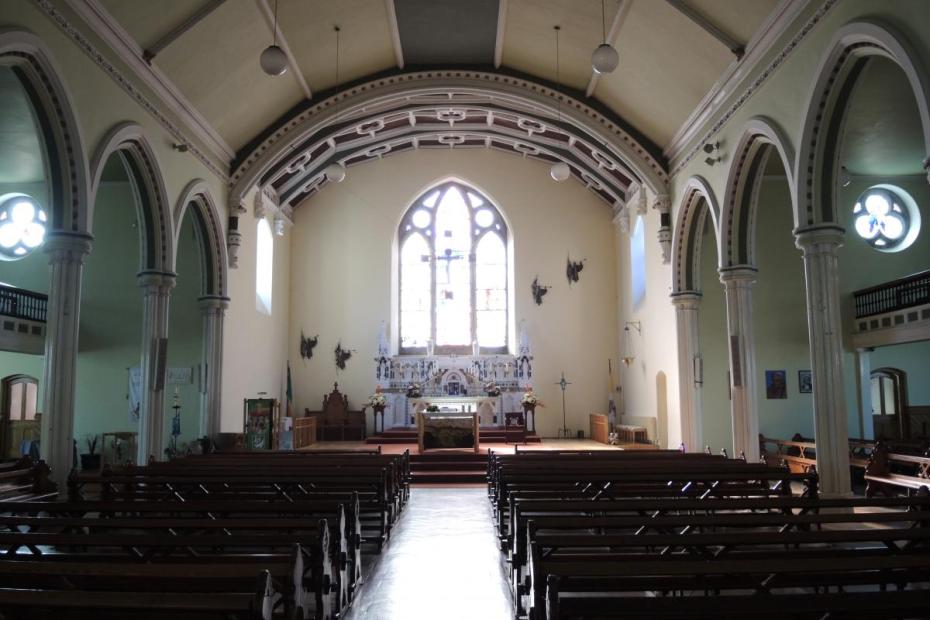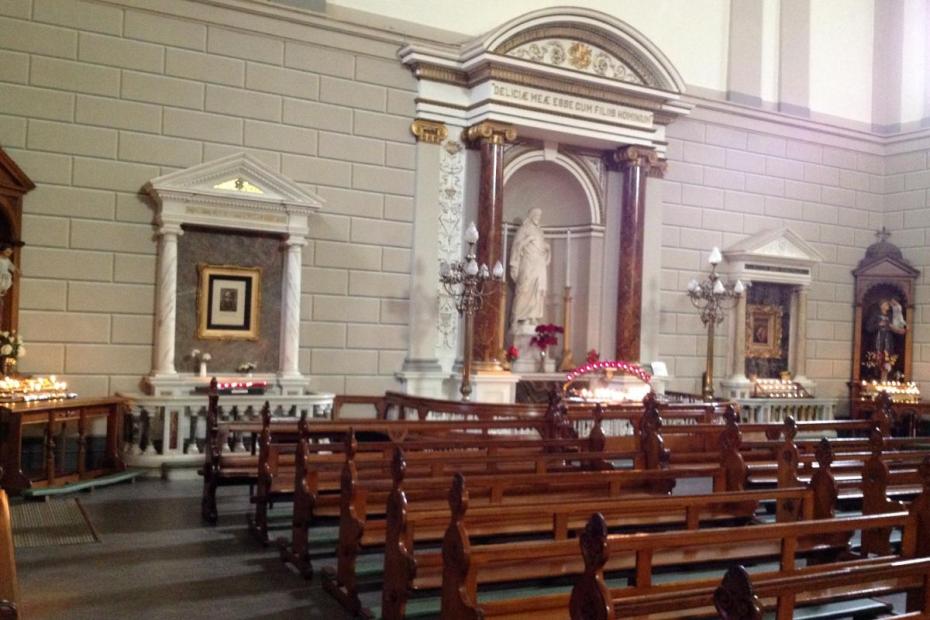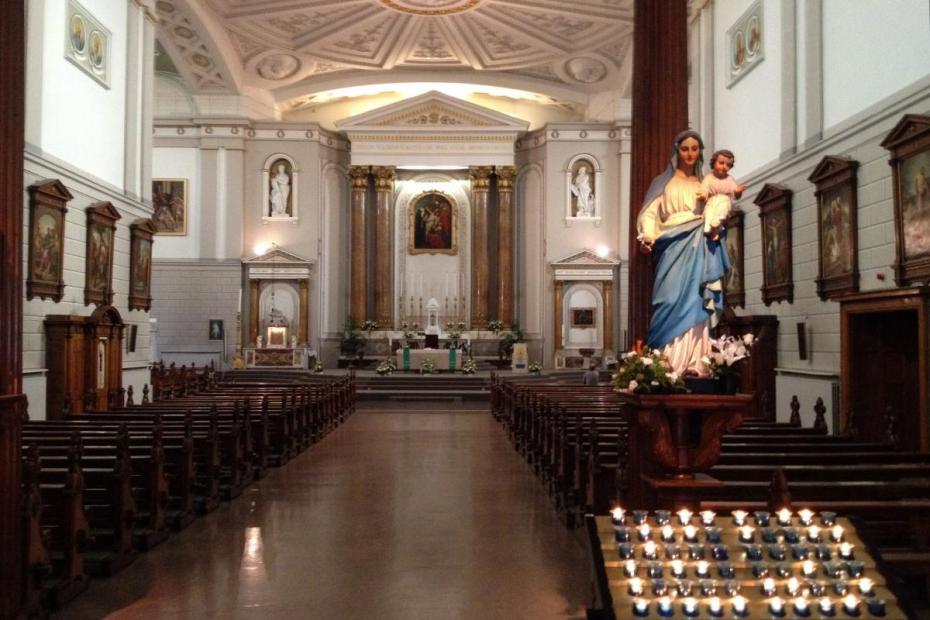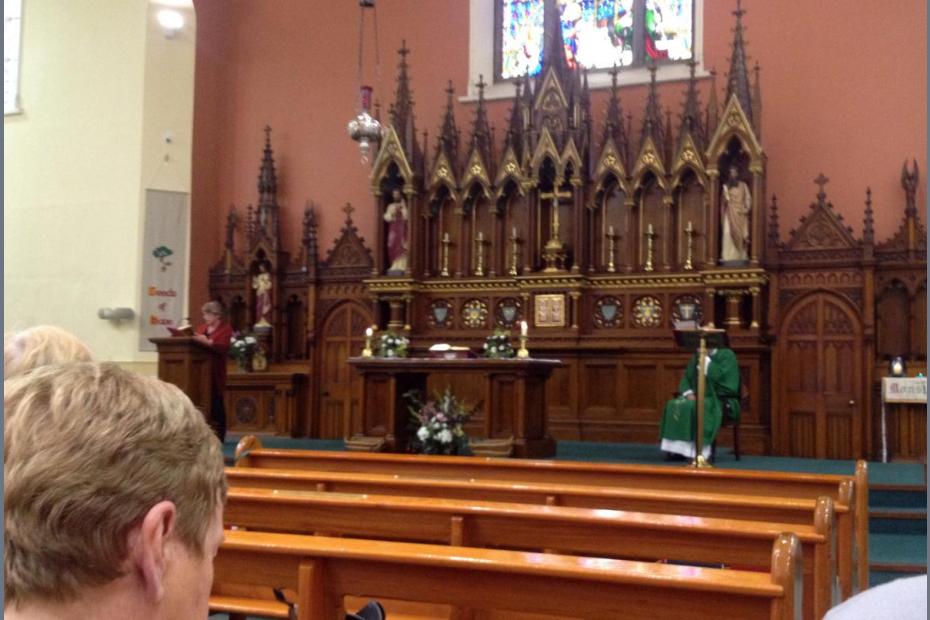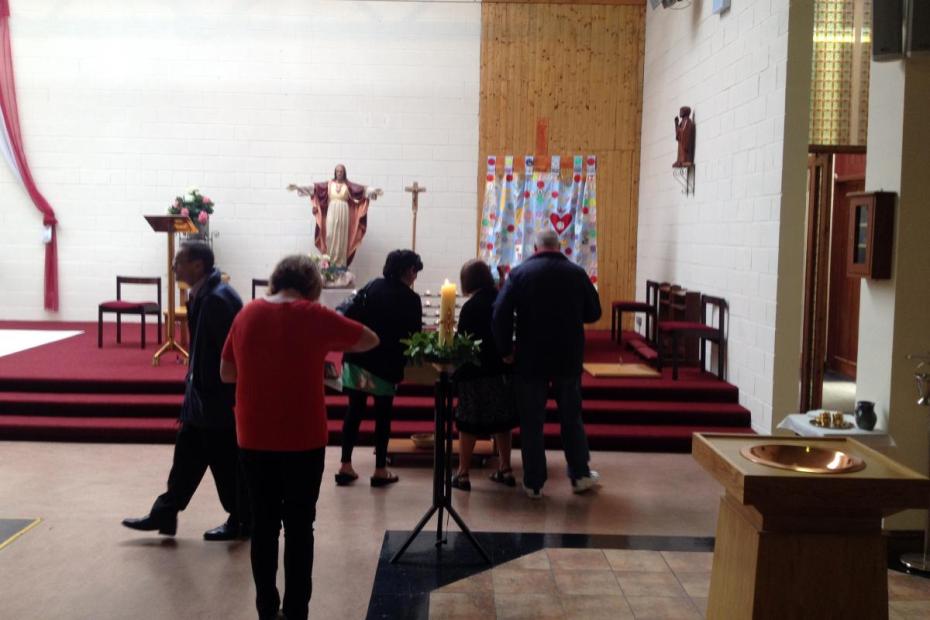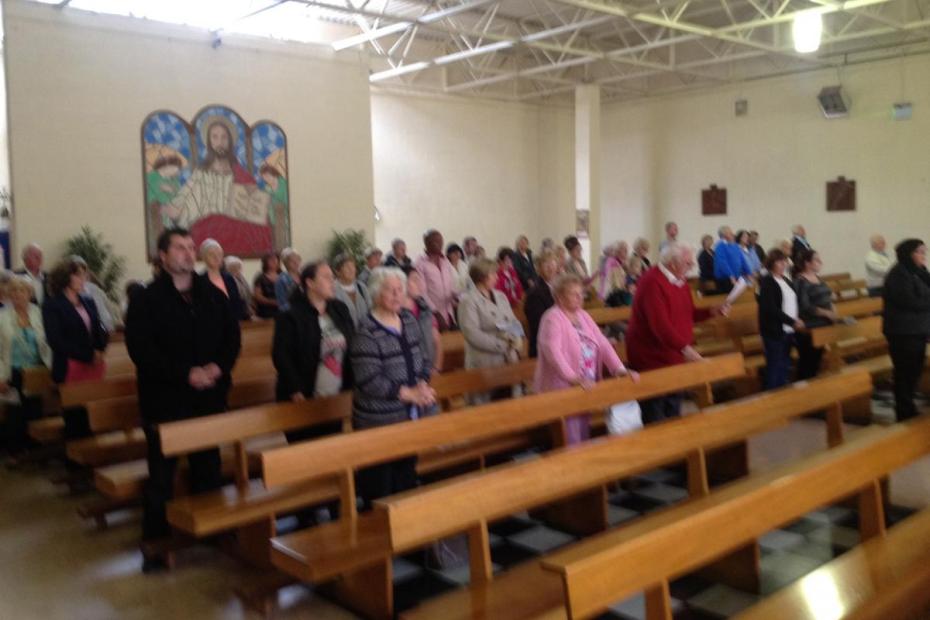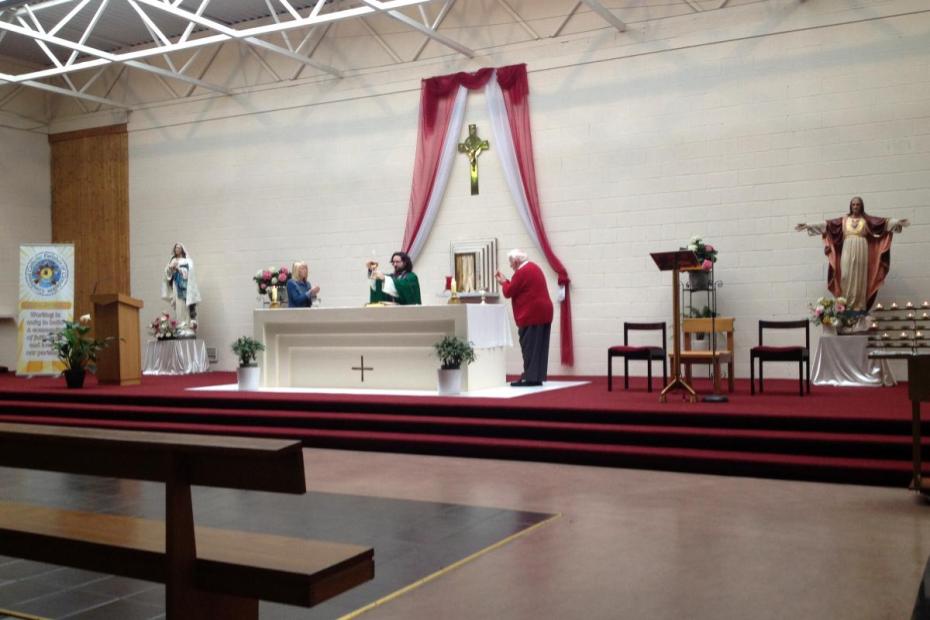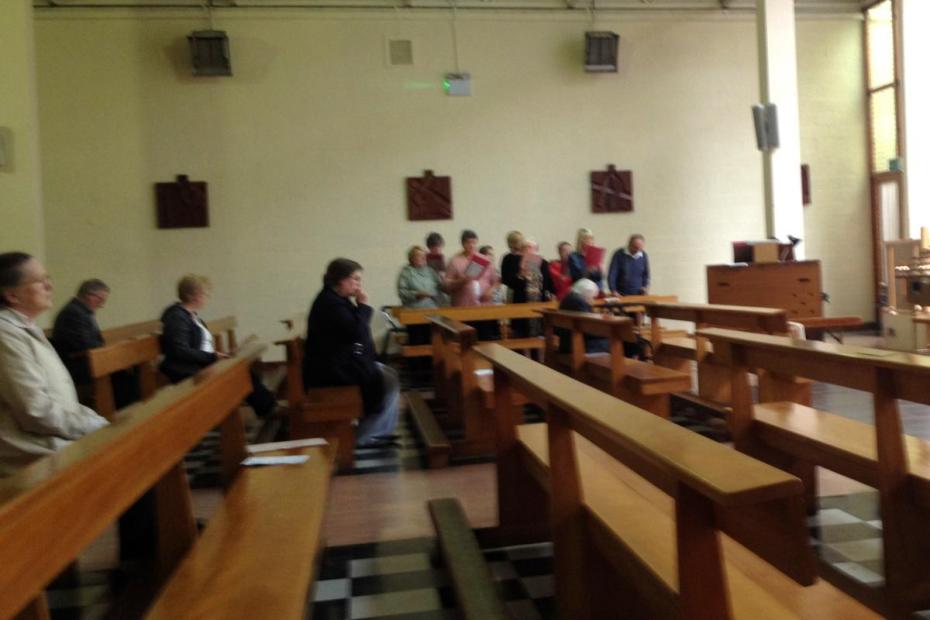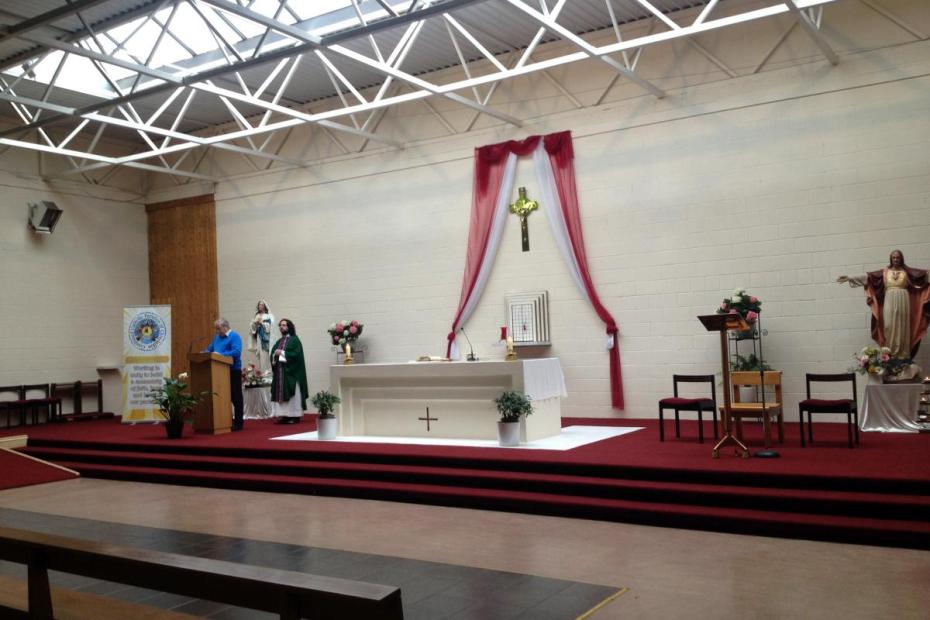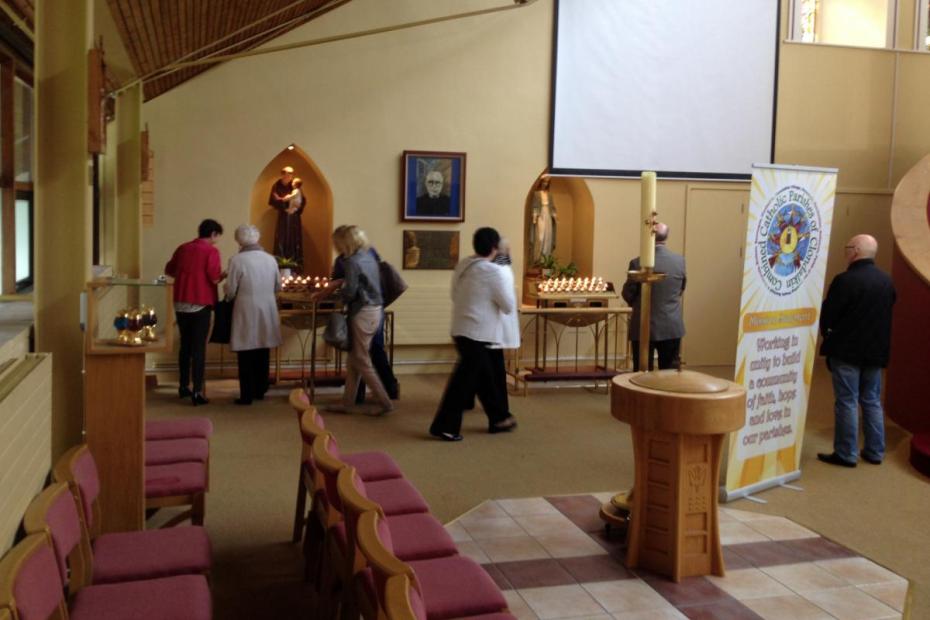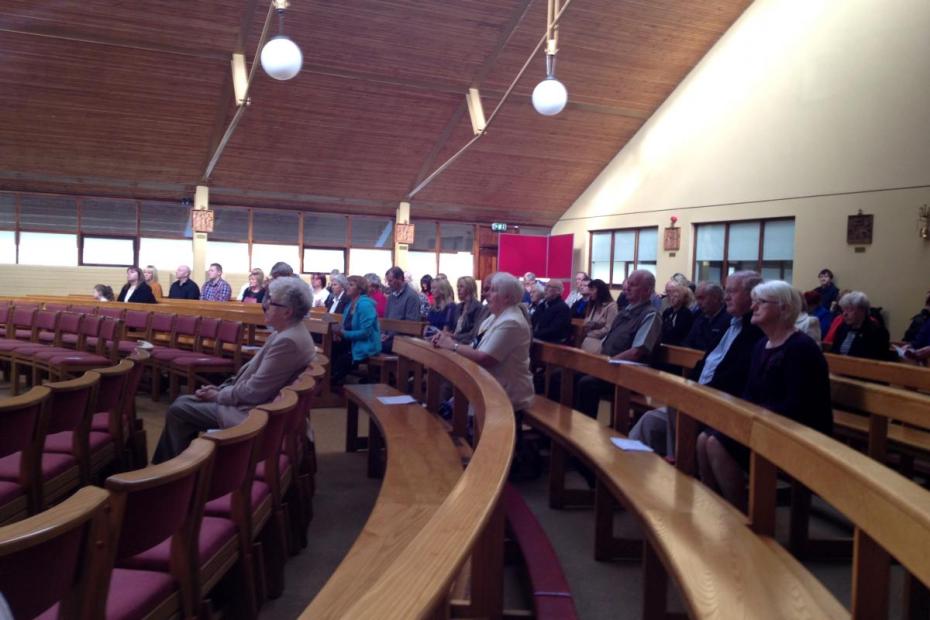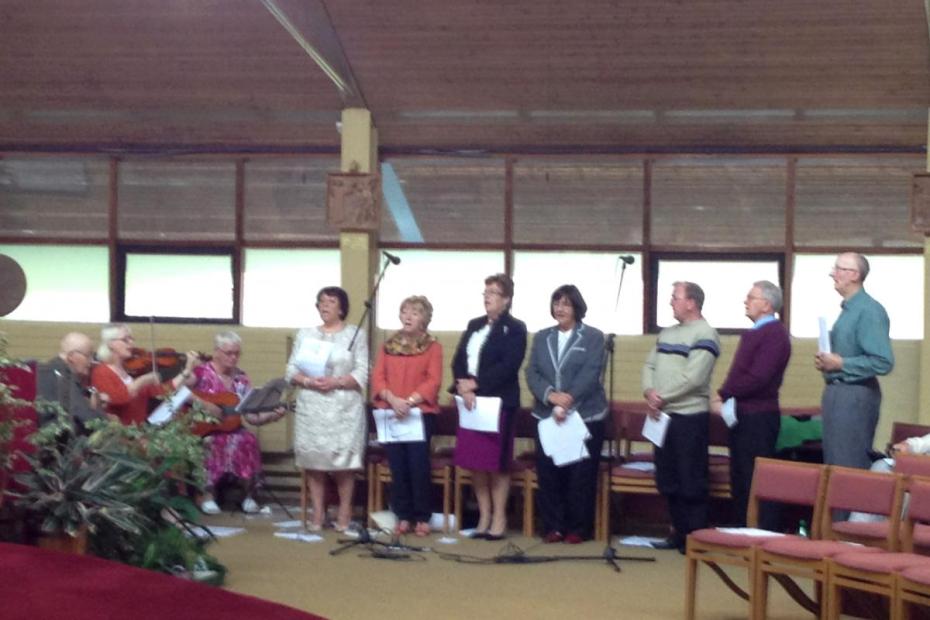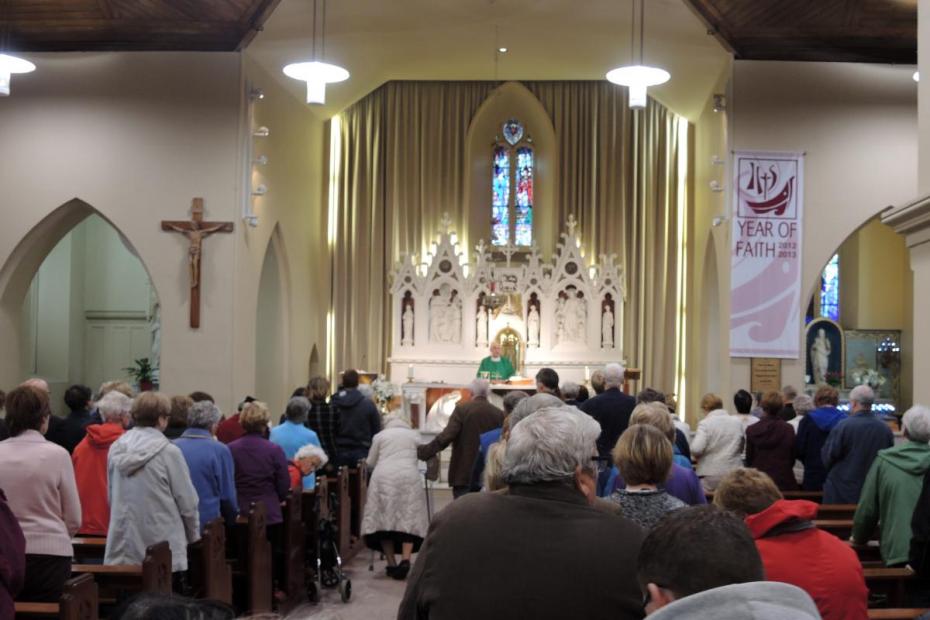Frequent Mass attendance has long been a practice at the heart of Irish Catholicism, and missing Mass was taken by ordinary people to be a mortal sin.1 Given this, perhaps the most remarkable thing about the style of worship in Ireland is how mechanical and even perfunctory it can be. Priests and laypeople alike joke about how they value a short Mass with few frills.
While statistics for Ireland suggest that Mass attendance is higher, priests and parishioners at some Dublin parishes estimate that in their home parish, as few as 2-7% of parishioners attend on any given weekend. This was said to be especially true in working poor neighborhoods. In two such parish settings, even with energetic priests, the liturgy seems to have had a pall over it. Though the purpose of Catholics & Cultures is not to critique liturgies, it is hard to ignore the surprising shortcomings of the liturgies in terms of both communal and religious intimacy or a deep sense of reverence. In most cases, this seemed to be despite the efforts of individuals, including the priest—almost as if the current state of affairs would not yet allow it. The distance between people and altar/clergy was obvious, and lay ministers never stayed near the altar, except to come up for their brief turns. They seemed to like their priests and engaged them before and after Mass in small ways, but the situation was not one of intimacy or reverence.
At a liturgy at the parish church at the shrine at Knock, people were clearly bringing losses and grief with themselves, but it is not a harsh judgment to say that the liturgy was clumsy and mechanical — almost bumbling in its inability to respond adequately to the obvious need of the pilgrims. At one other liturgy, in an upper-middle class parish in the Irish suburb of Maynooth, the church was crowded and showed none of the same signs apparent in the other parishes.
One weekday Mass-goer summed up some of the complexities of the situation as she experiences it. She acknowledged that Mass was often mechanistic, but said that ceremony is not important or something she needs. “It’s just to be there… sometimes you think, What’s the point?... But if I walk in that door and a priest comes on the altar, I get a different feeling… even though the homily may not be any good, I get a good feeling… If the homily’s any good, oh you get an extra good feeling… I’m always glad I’m there. Sometimes I go over there and there’s not many there and the church feels empty and cold and alone. But we know our priests one to one and he’s there. But when the church is full, there’s a much better feeling. It can be a lonely place some times. But I like it there. And you don’t stay long. It’s a half an hour, the whole thing. ”
Irish are known for singing in communal settings and in pubs, but oddly, that quality is hardly visible in church, except perhaps at funerals. Choirs sang a mix of music that could usually be characterized as songs, rather than hymns, both to folk (guitar and Irish instrument) and organ accompaniment.
Though Catholic & Cultures aims to provide video that gives a good sense of liturgy in different cultural contexts around the world, this was not possible in Ireland. In the aftermath of the abuse scandals, among the many new regulations in place are prohibitions of photos inside church buildings that might include children. Even for the still photos shown here, it was announced in advance that a photographer would be taking some pictures, and why.
- 1Observations here are based on parish visits to four parish churches in the Dublin area, and the parish church at the Knock Shrine in County Mayo.
